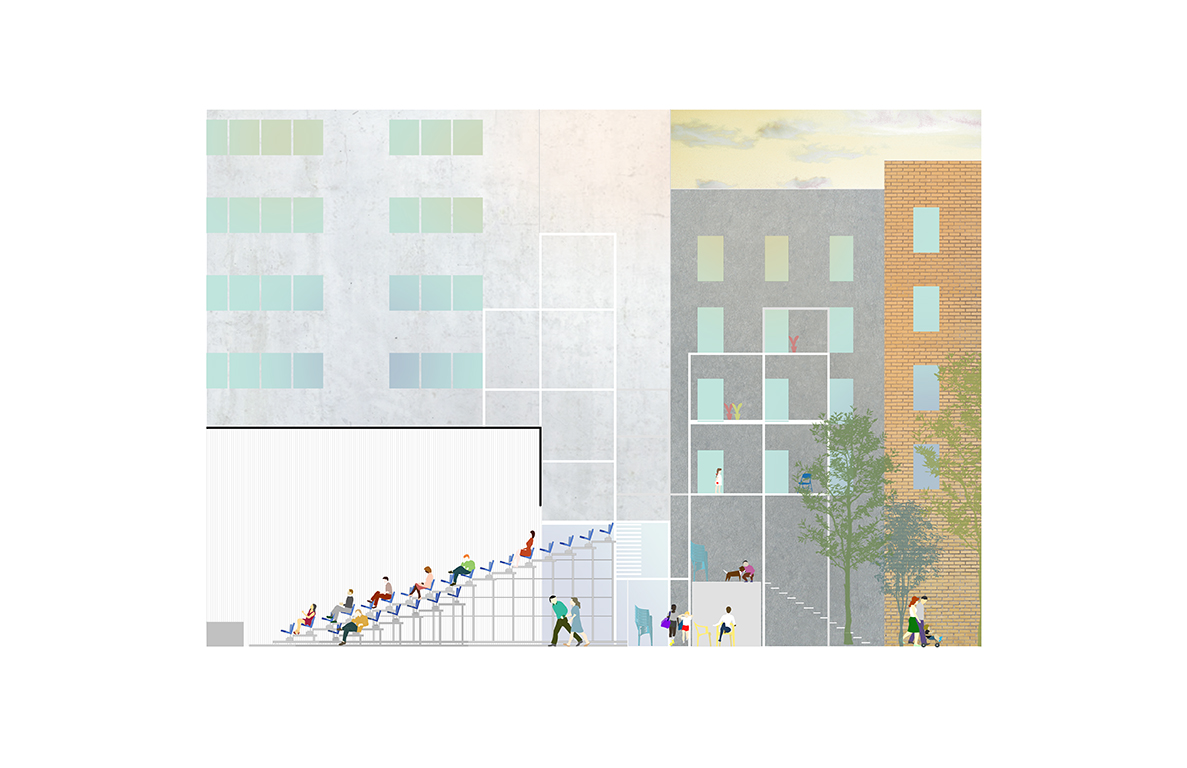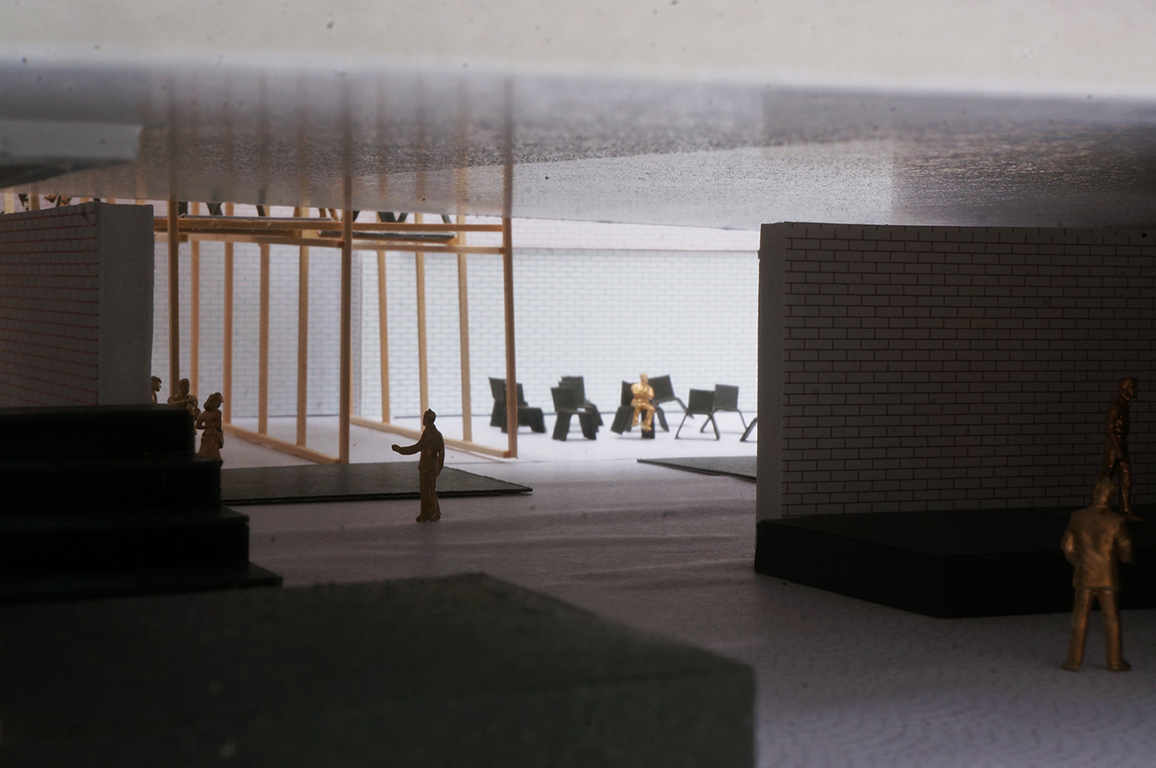Type
Urban Design
Location
East Village, New York
Size
557,418 sm / 600 ha
Date
Spring 2018



















Context
In 2012, when Hurricane Sandy hit New York, one of the many pieces of infrastructure that were damaged by the storm was the Canarsie tunnel, which allowed the L train to connect Manhattan and Brooklyn. The MTA proposed a shutdown to the tunnel in 2019 and has set off speculation regarding the urban impact of suspending a resource that serves nearly 400,000 people.
The shutdown, which is anticipated to last for 18 months, suggested the opportunity to study the city and the role of architecture within it. The chosen site of study is in East Village, between the 1st Avenue and 2nd Avenue stations. During the shutdown, the 2nd Avenue station is likely to become an alternate arrival point for commuters from Brooklyn to Manhattan as one takes the JZ-line in place of the L-line. The displacement of commuters calls for an increase in pedestrian movement within the ‘fissure’ generated by the 1st and 2nd Avenue stations, and is an opportunity for close investigation on the area’s urban impact.
Project
The project is a study on the street-block dichotomy of the Manhattan grid and its implications on pedestrian movement. The current urban condition was made on the basis of exclusion: the street favors the automobile and the block favors the densification of the private realm. The space in between is left for pedestrians and implies a strictly vertical and horizontal movement along a grid. Even so, pedestrian movement is often expanded into the other realms, via jaywalking across vehicular roads, for example. It is clear that innately, humans still prefer to roam freely where there is no vertical obstacle present.
Thus, the project speculates on what may become of the architecture of the city if it is governed by pedestrian movement, as opposed to the reverse. Against the economic forces of densification, the project focuses on the ground plane as a container for program. With the removal of vertical obstructions on the ground level, such as the shared walls and fences as negotiated by neighbors, the backlots of the autonomous Manhattan block becomes accessible to pedestrians. The grid becomes disintegrated and the ground plane takes on a field condition. Without a form, a new public space occupies the thickness of 1 millimeter, and celebrates human activity as a centripetal monument.
Yale School of Architecture
Fourth Semester Design Studio
Critic: Bimal Mendis
In collaboration with Hsin-Ju Lai
Fourth Semester Design Studio
Critic: Bimal Mendis
In collaboration with Hsin-Ju Lai